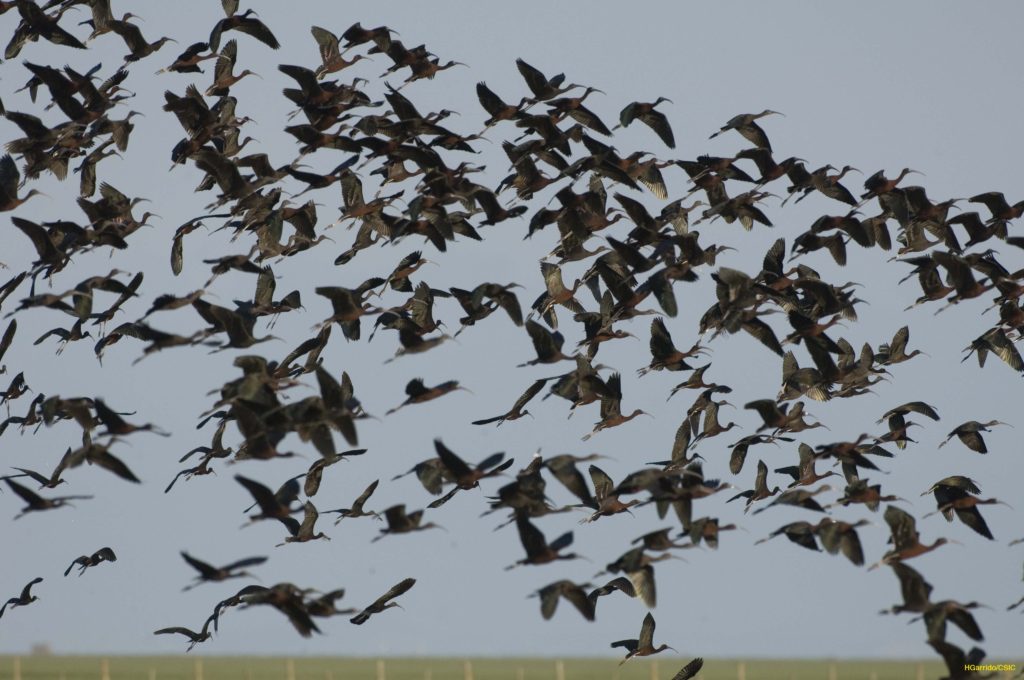Although listed among the six most widely distributed landbird species in the world, we still know very little about the ecology of the Glossy Ibis Plegadis falcinellus . Most ornithology books describe the Glossy Ibis as migratory with nomadic elements and populations at tropical locations being more sedentary than others. However, this information is rarely accompanied by evidence across the Glossy Ibis’ distribution range, and only a few quantitative studies exist on its dispersal and movements.

Populations frequently appear and disappear in different locations suggesting that the Glossy Ibis has a complicated population dynamics. However, there has been little research across the long-term or large-scale to understand this common but enigmatic species . The IGIN arises from the awareness that the only way to fill these gaps is by combining local monitoring programs within a coordinated research network.
The Glossy Ibis is also one of the very few SIS species that is expanding its range, and is likely increasing in population size. The question of how a waterbird species is able to undertake such increases is an important one during the Anthropocene when many other similar species are declining in number. The IGIN, with its widely-connected network, is well placed to address and explore such questions that have serious conservation implications.
